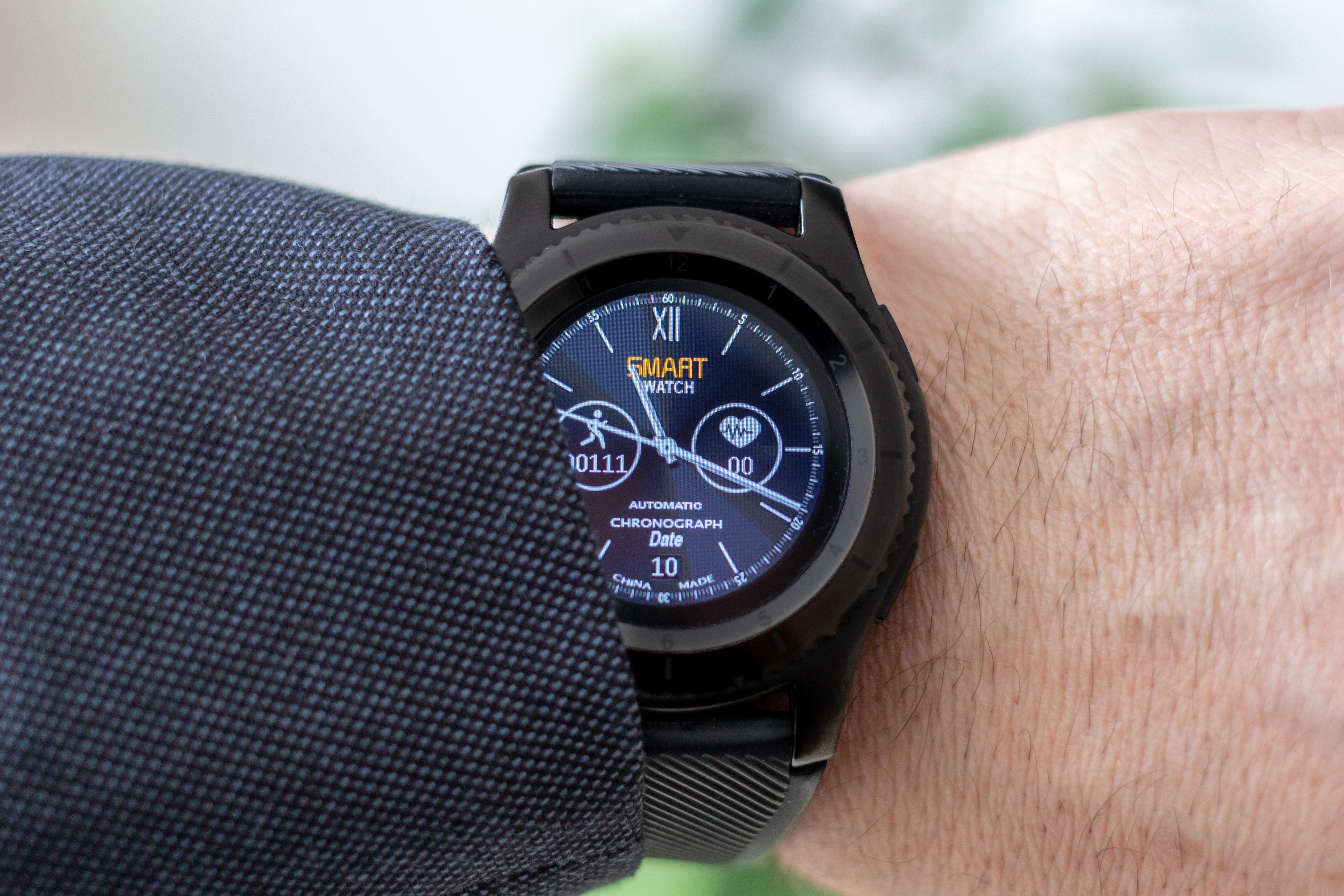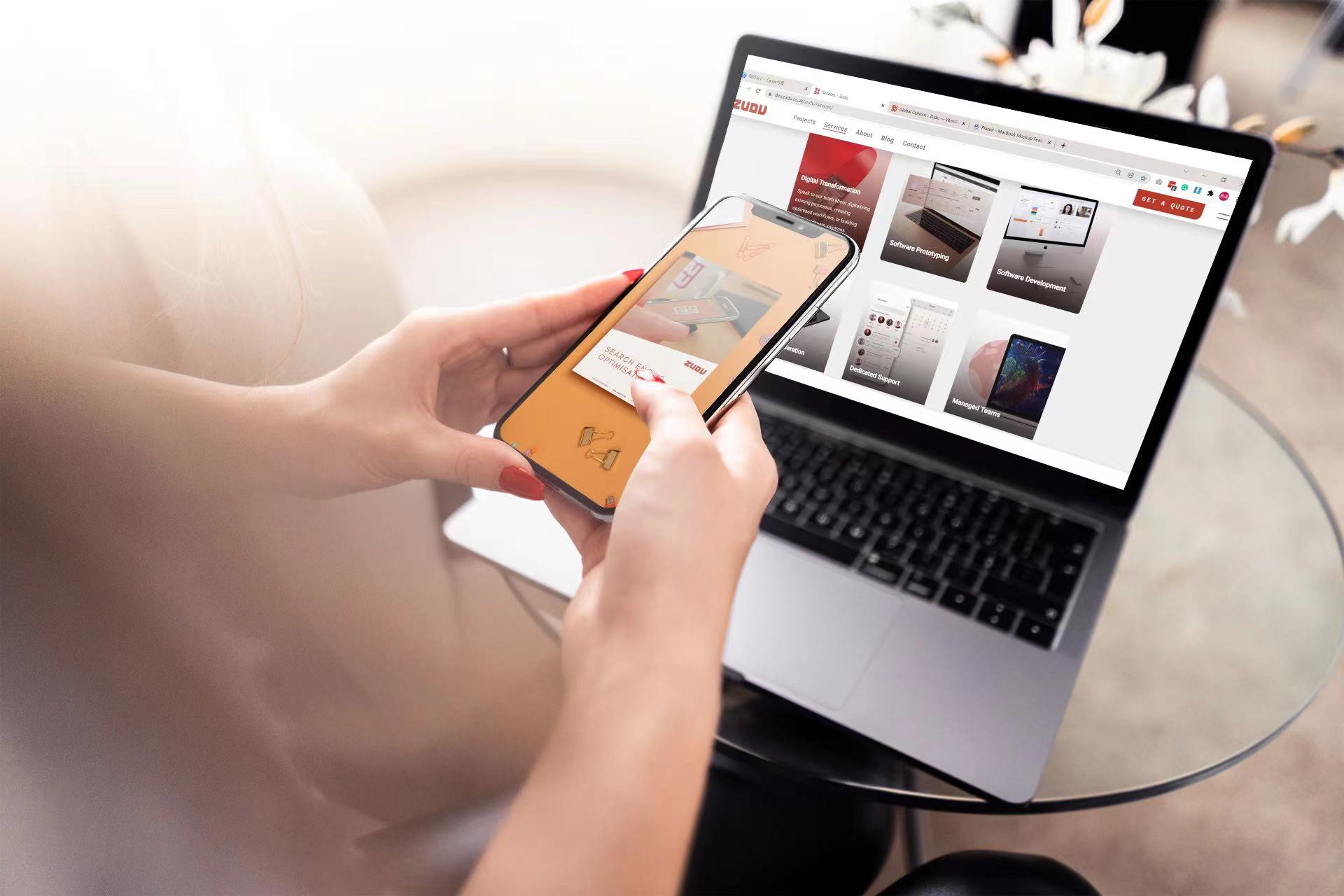Wearable technology certainly isn’t new, but it wasn’t until Apple unveiled its Apple Watch back in 2015 when consumers started to take it seriously.
Since then, millions of devices, from manufacturers like Google, Samsung, and FitBit, have been sold around the world, and the latest figures suggest more than 140 million wearable devices will be sold in 2018.
But it’s the Apple Watch that remains the most popular smartwatch device.
Apple now sells more watches than Rolex, and half of all smartwatches sold are manufactured by the firm.
If you’re looking for new ways to connect with your customers and put your brand in front of new people, designing a smartwatch app could be an option.
Below, we round up some of the things you need to think about before you dive in head first, to ensure you create an app that not only offers functionality but an app that will attract an audience and make money.
Understand your purpose
Some of the world’s biggest brands created Apple Watch apps to join the hype when the device was first announced, only to withdraw support months later after realising that there wasn’t a demand for their service on a smartwatch.
Instagram, Amazon, and TripAdvisor are three of the biggest – and all three said that Apple’s watchOS “wasn’t the right solution” for their customers.
If you want to buck the trend and create an app that makes a real impact, then you need to understand your purpose, and offer genuinely useful functionality.
Take a step back and decide whether or not your app is necessary on a smartwatch.
It’s all too common to see businesses develop a smartwatch app that isn’t right for the platform, so speak with your customers and ask them whether they’d use your proposed software.
If not, then you’re better off investing more time and resources into creating the very best app for smartphones and tablets and pushing notifications to smartwatches instead.
If you’re sure that a smartwatch app is right for your business, then keep your use cases simple and straight-forward.
Perhaps your app will serve as a loyalty scheme or allow users to track progress, for example?
If you include too many features or make the app too difficult, to use, consumers will become frustrated and may delete your app from their smartwatch.
Think about ergonomics
One of the biggest reasons why consumers love smartwatches is that they can access their notifications without having to reach for their phones – but effort is still required if the user wants to view or interact with the content.
When you’re designing content for the watch, try it out for yourself – test your user-interface on real devices and decide whether it makes sense.
Users still have to move their wrists and interact with a tiny screen using their other hand, so if your in-app experience isn’t thought through, it might be clunky or uncomfortable to use.
Follow best practices
Designing a smartwatch app that’s functional and easy to use can be tough, especially when you think about the size of the screen.
Make use of Apple’s WatchKit, a set of developer tools that allow you to construct and manage your user-interface and get to grips with the interface objects, gestures and watchOS system, and the Android Wear Documentation, where you’ll find information on Wear OS and integrating Google Assistant into your app.
Unlike on a smartphone, where you have more freedom over your creativity, it pays to follow the best practices set out by Google, Apple, and other smartwatch manufacturers, rather than trying to reinvent the wheel.
Standardising the user-experience creates a more fluid and consistent interface that’s easy and natural to use, resulting in increased engagement.
Use gestures
As smartwatches have small screens (Apple Watch has a screen size of 43mm, Samsung Gear S3 and the Huawei Watch 2 have a screen size of 49mm) and as such, it’s important to utilise the operating system’s in-built gestures to maximise on space and performance.
Find a list of gestures in your developer manual, and use them to the best of your ability to build an app that feels as easy and straightforward to use as any of the native in-built apps.
The form factor of the smartwatch demands memorability and simplicity above all, so stick to the manufacturer recommendations and you’ll create an app that works great out-of-the-box.
Don’t over-do alerts
Notifications and alerts work great on the smartwatch, but because most use vibrations or ‘taps’ to attract the attention of the user, you should pay extra attention when using them as part of your app.
Sure, some people may be happy to receive a notification on their watch every time they get a message, but they’ll likely not want to be bothered every time you have something to say, so consider the frequency of your messages and tone them down.
Add a Settings menu to your smartphone app so that the user can decide which alerts they’d like to receive in their smartwatch, and which they’d prefer to be sent to their smartphones.
Using a smartwatch certainly isn’t uncomfortable, but it can become frustrating if you have to clear notifications and stop what you’re doing every time you get a ping, so limit interactions and notifications, and consumers will be more likely to keep your app and engage with it.
Smartwatch apps may not be right for every business, but they allow your customers to take your app with them wherever they go and offer new levels of interaction.
The best part is that you can integrate your existing mobile application with new wearable technology to maximise engagements and encourage sales, so get creative and see what you can offer customers.
If you’re looking for help with wearable app development, get in touch with the team at Zudu today on +44 (0) 1382 690 080. We look forward to hearing from you soon.



